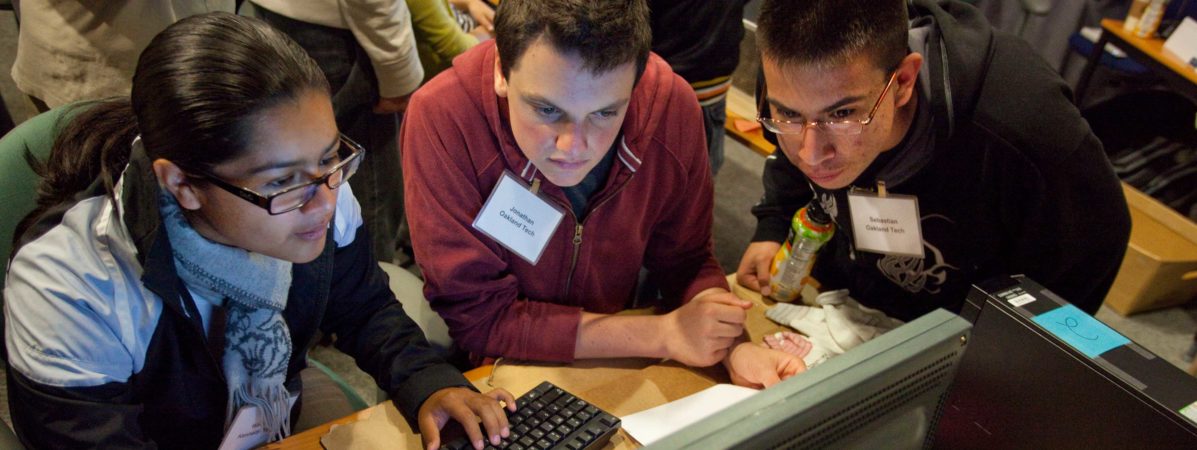
April 23, 2014 | By Aubrey Francisco
This phrase is widely used to express that discoveries are made possible through knowledge gained from the previous work of scientists and thinkers. But in order for the education community to truly see a little further, research on learning needs to be accessible and relevant for those who can act on it: educators and developers.
In 2012, more than $1.2 billion was spent on education research and development at U.S. colleges and universities. Institutions and researchers from fields outside of education, such as neuroscience, economics, sociology, philosophy, and computer science, certainly add to our collective knowledge on learning. In the rapidly changing world of education technology, it is critical that we utilize this research to ensure the promise of technology to improve learning is realized.
However, most published research is not readily available, as it sits behind paywalls and is not accessible to those outside of academia. Additionally, research that is accessible is rarely articulated in a way that those who would benefit most from its findings – educators, parents, and education technology developers – can readily use.
Another barrier in putting research findings to work is that the research process often does not keep up with the pace of innovation. The education technology industry is evolving rapidly, and the belief that research must be perfect before it is public leads to results that are out of date as soon as they are published. In many cases the processes for publishing need to be reconsidered in order for the findings to be relevant once available.
For research on digital learning to be effective, it needs to be more accessible and relevant. One way this is achieved is by publishing research results in open-access journals and through publishing methods like blogs that link to the longer work. Organizations such as Footnote and Digital Promise are working to communicate findings in a clear and concise manner, and researchers can do so, too. This will help make research more relevant and actionable in two ways:
1. It will open up the research process, so practitioners and entrepreneurs can ask questions and interact with the research community in ways that might guide all of their work toward ultimate relevance.
2. It will decrease the time to publication, so the findings can keep pace with new iterations of digital learning tools and inform the continuous improvement of these technologies.
By aggregating what we know about how people learn, identifying the best practices in digital learning research and development, and broadly publishing findings for a diverse audience, we can increase the amount of research that influences teaching practice, as well as the development of educational technology. In doing so, we can build our collective knowledge on how to best develop and use digital learning tools, and provide the entire education community with the ability to see a little further.
By Lauren McMahon and Heather Dowd